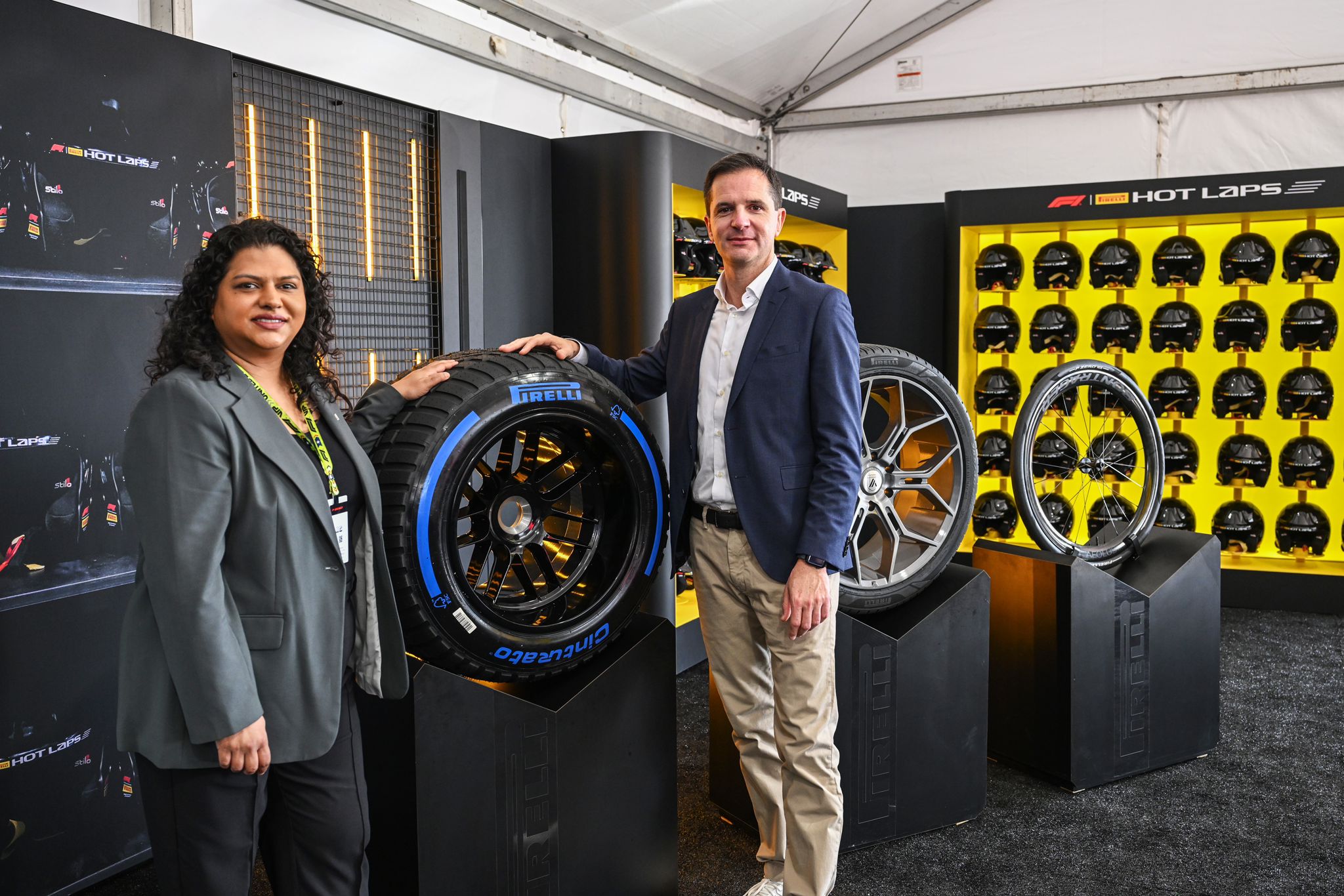
Solid-state batteries have been hyped as the next big era of batteries for at least a decade. But there’s always “just one more thing” that needs to be fixed. We’ve covered so many “breakthroughs” in the tech, so many solutions that will help to make solid-state batteries finally competitive and commercially viable. Yet, they seem as far away from commercialization as ever. That said, that’s how it works. Progress is slow and incremental, step by step, and then all of a sudden, the tech is ready, it enters the arena, and it starts to grow in market share. When — or if — that will happen with solid-state batteries, we don’t know. However, we do have some more progress from university land to share.
Osaka Metropolitan University claims that its scientists have made a “breakthrough in stabilization of solid electrolyte.” In more detail, Osaka Metropolitan University writes that the scientists “have achieved an unprecedented stabilization of the high-temperature phase of Li3PS4—a critical material for all-solid-state batteries—thus attaining exceptional ionic conductivity even at room temperature.” Make sense to you? Whether it does or not, the point is that progress continues to be made and maybe, just maybe, solid-state batteries will be ready for the electric vehicle market one day. Osaka Metropolitan University says as much in a more normal, serious tone.
The university also explains further why their breakthrough is important. “All-solid-state batteries are expected to be put to practical use as next-generation energy storage devices that integrate high levels of safety and enhanced energy density, thereby realizing a sustainable society. All-solid-state lithium batteries operate by facilitating the movement of lithium ions through a solid electrolyte. However, since ions cannot move freely within solids, the development of solid electrolytes with high ion conductivity that, like liquid electrolytes, enable the rapid movement of lithium ions, is imperative.”
“Li3PS4 showcases varied crystal structures depending on temperature variations,” Professor Hayashi adds. “The high-temperature phase is generally recognized for its superior ionic conductivity; however, the challenge has been to stabilize this phase at room temperature. We finally accomplished it by focusing on the heating rate during crystallization. This is the culmination of nearly 20 years dedicated to the development of all-solid-state battery materials.”
While Osaka Metropolitan University tells us this takes us one step closer to solid-state battery commercialization, the university doesn’t reveal how many steps are left. We’ll see how many more breakthroughs we report on before that day.
Featured image courtesy of Osaka Metropolitan University
Sign up for daily news updates from CleanTechnica on email. Or follow us on Google News!
Have a tip for CleanTechnica, want to advertise, or want to suggest a guest for our CleanTech Talk podcast? Contact us here.
Former Tesla Battery Expert Leading Lyten Into New Lithium-Sulfur Battery Era — Podcast:
I don’t like paywalls. You don’t like paywalls. Who likes paywalls? Here at CleanTechnica, we implemented a limited paywall for a while, but it always felt wrong — and it was always tough to decide what we should put behind there. In theory, your most exclusive and best content goes behind a paywall. But then fewer people read it! We just don’t like paywalls, and so we’ve decided to ditch ours. Unfortunately, the media business is still a tough, cut-throat business with tiny margins. It’s a never-ending Olympic challenge to stay above water or even perhaps — gasp — grow. So …




